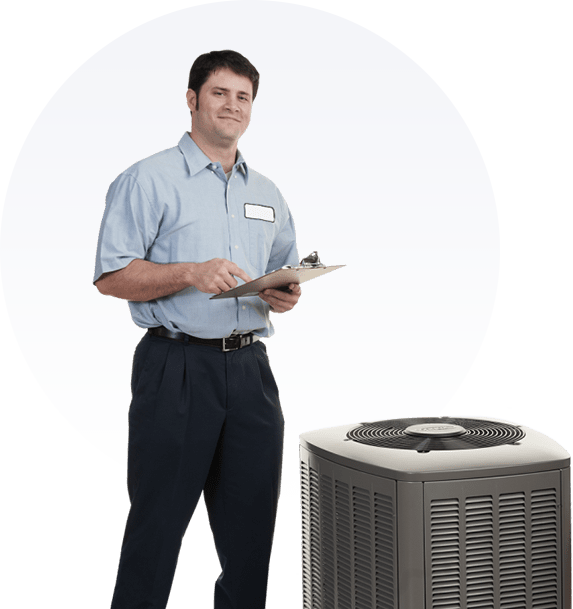In the Texas heat of summer, a properly functioning air conditioning unit is a necessity. Ensuring your AC lasts longer isn't just about comfort, but it's also about smart maintenance and proactive care. By taking a few simple steps, you can extend the lifespan of your AC system while keeping your home both cool and comfortable.
10 Tips to Make Your AC Last Longer and Beat the Summer Heat
Here are ten essential tips and tricks to make sure your AC continues to run efficiently and stays resilient, allowing you to stay refreshed throughout the hot summer months.
1. Start with a Professional AC Installation
Beginning with a professional AC installation, such as the services provided by The AC Guy, is essential for maximizing the lifespan of your system. Professional installation ensures that all components work seamlessly together, minimizing the risk of any future malfunctions and repairs. By entrusting your AC installation to experts, you can have confidence in the longevity and efficiency of your cooling system.
2. Clean or Replace Air Filters
Regularly cleaning and replacing the air filters is crucial for extending the life of your AC unit. Dirty AC filters restrict airflow, leading to increased strain on the system as it works harder to maintain comfortable temperatures. By cleaning or replacing filters every 1-3 months, you can ensure proper airflow, reduce strain on the AC components, and ultimately prolong the lifespan of your unit.
3. Keep the Outdoor Unit Clean
By keeping the outdoor unit of your AC clean, you can extend its lifespan. Regular removal of debris near the unit, such as leaves, grass, and dirt can prevent airflow blockage, which allows the system to operate efficiently without strain.



 281-419-8035
281-419-8035